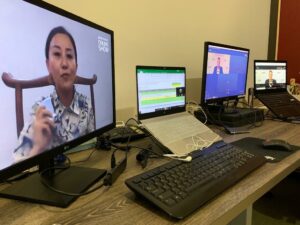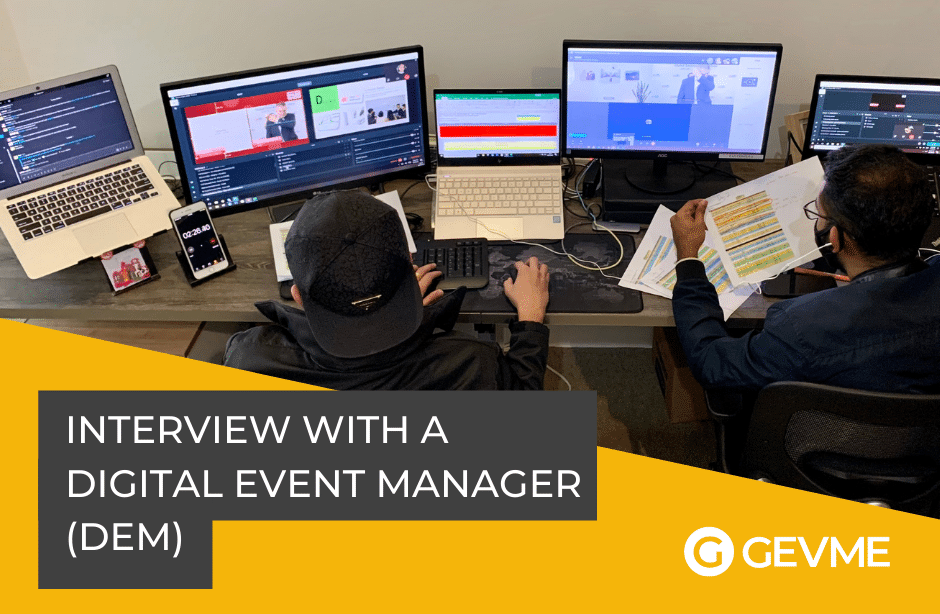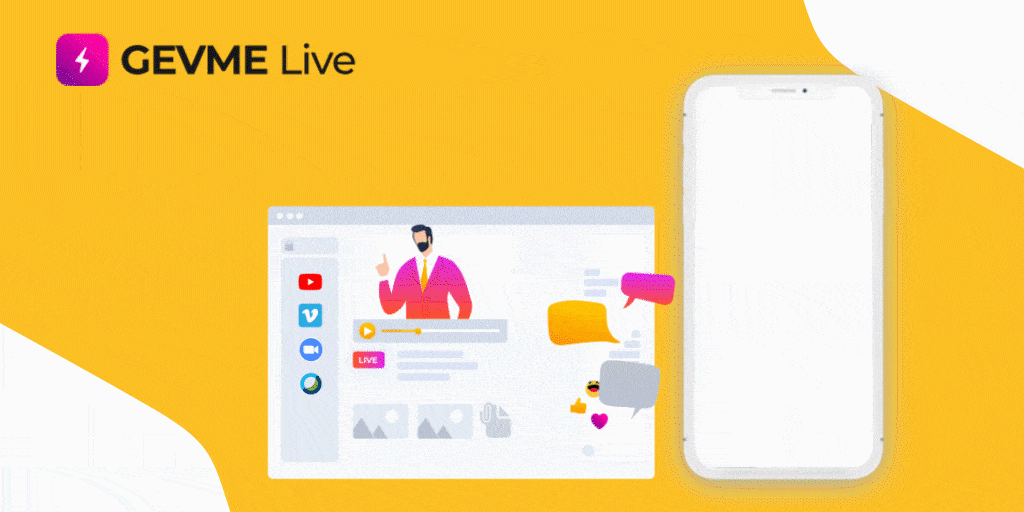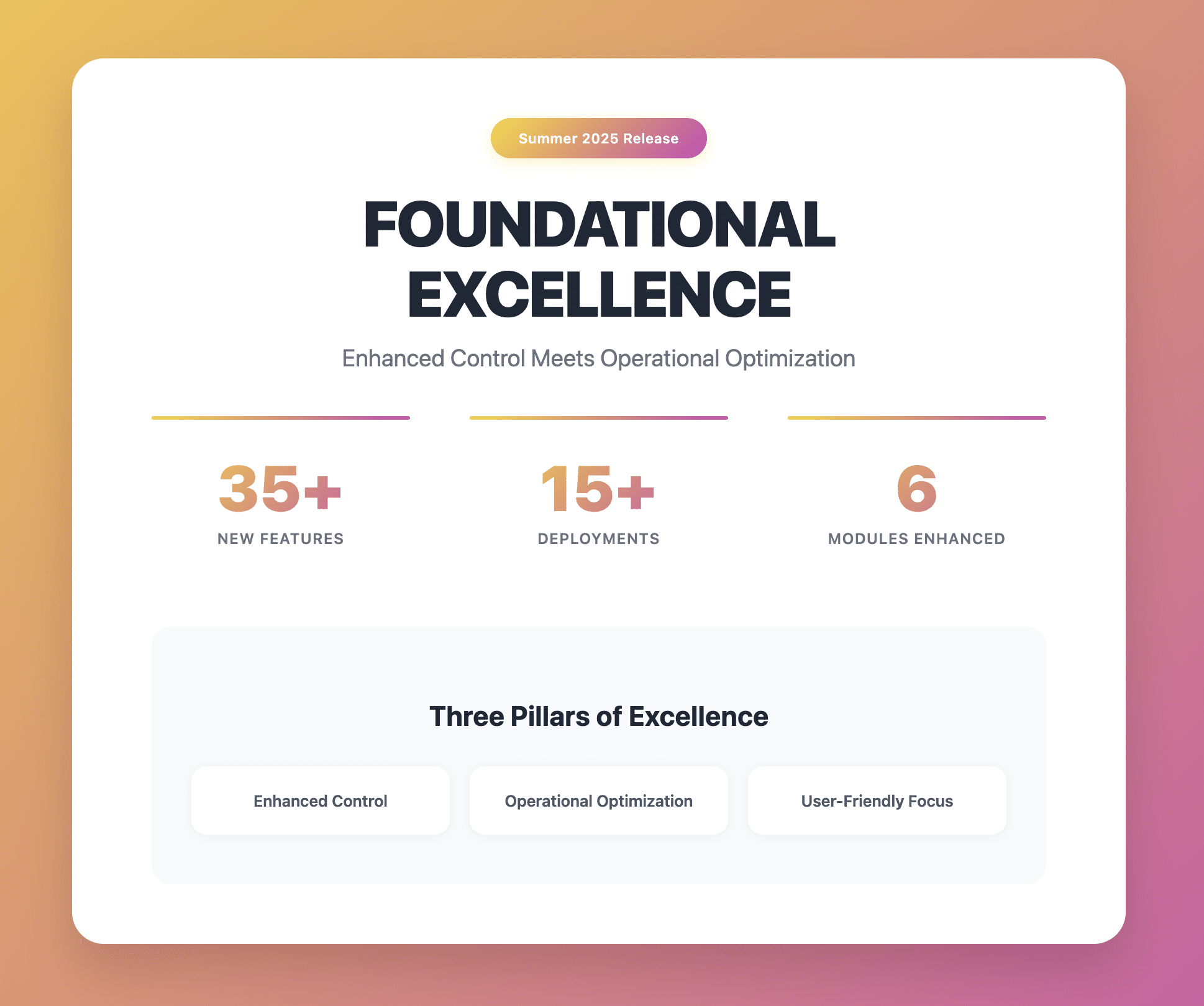COVID-19 has already changed the face of everything concerning social events and gatherings. While many companies resort to software like Zoom to have virtual conferences or meetings, how can one take an entire social group of thousands of people virtual, and how do you manage such an event? It is quite evident that the need for a better-skilled event organiser is required, but what does that role look like.
We had a conversation with Mr Vishunu Arumugam, Digital Event Manager (DEM) – Gevme, about managing the virtual live event for a large organisation. He talks about his experience as a Digital Event Manager (DEM) and what were the essential skills and areas of expertise that he utilised to organize a successful digital event.
Vishunu addresses a series of questions concerning the planning, organising and mapping of the fully digital live event managed by him and his team. He touches upon topics like how the team learnt to manage the finer details, handling virtual hiccups, the physical and technical requirements, the work and the skills that went behind into making the event a success, and his role in all of it as a Digital Event Manager (DEM).
The event was conducted by an entity that acts as an intermediary between the suppliers and the buyers. This event was spread across a period of eight days and was for around eight hours daily. It was the first time that this company conducted a virtual event as it could not hold a live physical event because of the pandemic. The event streamed live through the company, where they had more than a million viewers for the event on the first day itself.
There were roughly about 40 speakers at the event who belonged to different parts of the world and were from countries like Germany, China, Japan, the US, and Mexico.
It was the first time that this company had organized a virtual live event, because of which they had a lot of questions with regards to using the live-stream platform and how to go about with it, for which Vishunu and his team had to attend to all their questions and instruct them on how things worked.
Pre-event preparation:
The event spread out for eight days, and each day, it had its pre-rehearsal day. The pre-event preparation included gathering all the content that had to be streamed live on the primary day of the event; the team had to go through each of the content with their clients, consolidate everything and make sure that everything timed well. The timing of videos submitted had to match, the failure of which would interfere with the flow of the event.
The team had to go through with the run down and instruct on which speaker would speak when. In addition to that, which speaker would enter the chat room, and at what time had to be curated. All of this required a lot of devising, going through the client’s content to understand and avoid any unnecessary pitfalls that were bound to happen on the event’s primary day. The speakers of the event had to go through technical rehearsals and the specialized technical training process. They had to be instructed to watch out for questions, the do’s and don’ts at the event, when to speak, and to be able to screen share.

The difference between physical and digital events:
Unlike physical events, where the crew has to meet every speaker to convey any information, digitally managing an event doesn’t require the person’s physical presence and can be done from one place itself over a text or call. As a Digital Event Manager, Vishunu had to go throughout and make sure that everyone acted as per what was planned for the primary day of the event.
In the case of a digital event, the speaker is just sitting behind a screen because they don’t feel the same kind of stress they would face while speaking to a million people in an audience at a live event. The nervousness or anxiousness that a person goes through while speaking in a room filled with a live audience versus talking to the same audience sitting behind a screen is much less.
Revamped skill set:
Mr Vishunu spoke about how his team learned about the system’s working and what steps the team took to understand virtual streaming. The team first had to know how live-streaming works; they had to learn about how the different streaming software that is already available in the market work. After learning that, they had to master it and consult its end users about it.
They also had to learn how CMS platforms work and master it. To enter the China market, they had to bypass the China firewall, for which they had to understand Tencent Cloud to get through that firewall. Anything that was streaming would re-stream through Tencent Cloud and then enter the China market.
The entire Tencent Cloud website is in Mandarin, because of which the team had to translate and understand what the words meant and could only then go about it. At the end of it, how skilled you are at managing the entire event on the bigger scale is what matters because a click of a button can turn everything upside down.

Learning the required skills:
Vishunu and his team on their own learned how to run a virtual event. Since this is a new concept and nobody has previously managed a live event at such a large scale. They had to go through the entire process of learning and to understand it on their own. They came up with their definitions, methods, training, and speaker do’s and don’ts. During this process, the team went through multiple trials and mistakes and learned from it all. This process, in turn, helped them progress faster and understand how to function effectively.
The team managed to get the necessary information about live streaming from the internet; however, they didn’t outsource anything directly from online and had to figure out most of it independently. This process helped them to come up with their documentation on how to run the show.
Challenges faced by the team:
One of the most prominent difficulties that the company had to face during the preparation of this event was how to manage this large team and channel all the large pipeline of information coming towards them at one time, says Vishunu. They had to think for themselves and determine whom to listen to and know how to manage all the information coming in.
Even in case of a physical event, having something to deal with even in the last minute is inevitable. It is so when it comes to handling an event virtually as well. Hence, the moderator needs to be accommodating of even the last-minute changes.
The speakers who attended the event were people coming from different backgrounds and cultures, and so Vishunu had done a bit of his research and learned at least a few mandarin words to know when the speaker would end and when he had to change the scene. The speakers of the event were bosses, businessmen, and people having a busy schedule, because of which they would send their assistants to attend the pre-event rehearsals. However, at times due to the main person’s absence, the person can still make a few mistakes. Hence, just before the event began, there had to be a quick recap session for the benefit of the person who missed the rehearsal.

Setup requirements:
The setup required one monitor to show precisely what was showing on the live screen, and see what the virtual viewers see. There was a 30 seconds delay because the stream had to be re-streamed on Tencent Cloud before the viewers saw it; hence the audio and the video quality had to be kept in check.
There was a separate monitor to keep track of time and ensure the flow of the content displayed. There was another monitor system that was required solely for changing scenes. Besides this, there was a Skype set up where the instructions were communicated to the speakers; their positioning was checked, etc. They had to even re-train a new speaker and to coordinate and make any changes if required.
Misconceptions of having a virtual event setup:
One of the misconceptions of having an online event is that one requires a laptop and can run the entire show singlehandedly. Mr Vishunu states that it is necessary for the person to always be on the ball. Multitasking throughout the whole event is inevitable, and that however you work, will be reflected on the screen to the end-users.

Communicating instructions virtually:
Vishunu states that, during the entire event, it is crucial to have just one point of contact at all times. Instead of having many people to check with, there must be only one person whom you contact with at all times for everything to go smoothly.
The team had a group chat created on WhatsApp to find each speaker and communicate the necessary instructions.
Bringing the physicality of the product on a digital live stream:
Regarding managing the impact of the product in digital form, the company’s marketing team was innovative. It incorporated the highlights about what the company does and had a question and answer session about the product.
Since the virtual attendees would also have questions about the product, and it wouldn’t be possible to attend to all the queries together, the questions asked more frequently would be addressed first during the live-stream. Any other queries concerning the product were then answered in the end. Virtual attendees would be able to put forth their questions by typing it in the live chat box comment section.
Switching from handling physical events to virtual events:
Finally, Vishunu addresses what people should be aware of and keep in mind before making this switch of managing a physical event to a virtual event. The first thing that he speaks about is the ability of an individual to withstand pressure. Organizing an event virtually is a massive responsibility because even a slight mistake or pressing a wrong button can make everything go off beam. Hence, a person must handle all the information coming in and not be overwhelmed.
The second thing that Vishunu speaks about is managing people’s expectations. People will have different opinions about how an item has to be done; however, taking a step back and analyzing what steps need to be taken is essential. One must think for themselves while managing such an event.
The third thing Vishunu speaks about is that it is crucial to have the necessary knowledge about how a live stream works, understand and navigate the pitfalls that can come along the way, and have multiple backup plans. One thing that is good about conducting a virtual event is that the moderator or the event manager doesn’t have to be present at all places physically, which makes the work even more comfortable. The manager or the moderator can sit in one place itself and run the entire show. The last thing that Vishunu speaks about is to be ready to always be on the go. There will be occurrences when you have to accommodate last-minute changes at any pint of time during the event, and hence it is necessary to be vigilant at all times.
The last six months have caused a massive change throughout the world for individuals and businesses. Many companies resorted to allowing their staff to work from home during this pandemic. For months now, the events that were even planned were either re-scheduled or some even cancelled. While the future still gives no guarantee of what everything will look like, companies must stay dynamic during these times.









